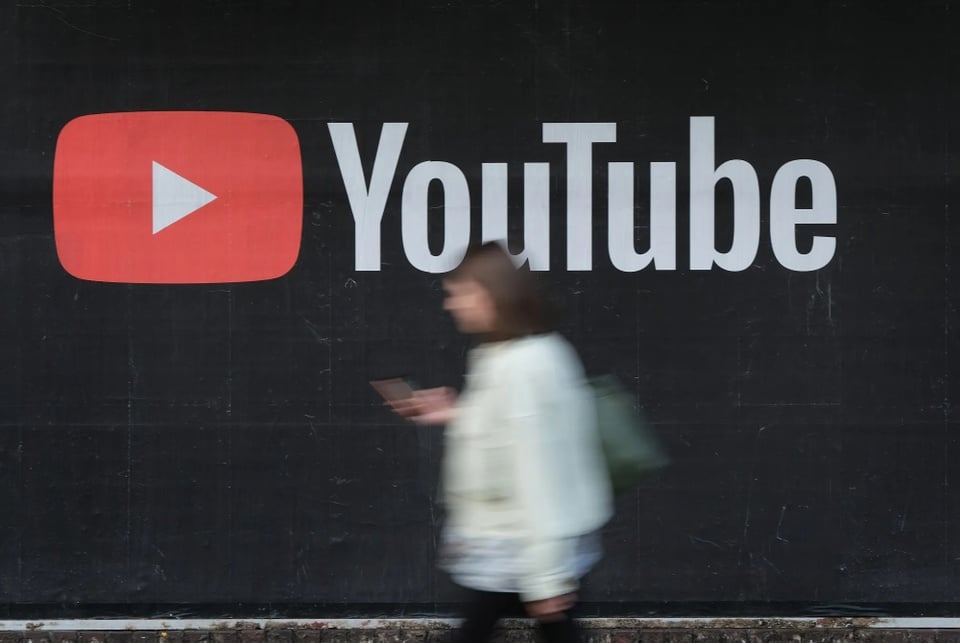 |
AI could change the way YouTube reaches users. Photo: Bloomberg . |
YouTube, the world's largest video-sharing platform, is about to enter a new era where AI not only helps content creation but also helps it overcome barriers. Amjad Hanif, Vice President of YouTube, revealed the platform's strategic vision after sharing the story of Farah Medhat, an Egyptian celebrity with a large Korean audience.
With AI, Hanif believes that in the near future, people like Medhat could appear on video with native-like accents and mouth movements, expanding their reach to a global audience.
YouTube's New Strategy
YouTube hopes that within the next five years, every video uploaded will be automatically dubbed into multiple languages while retaining the creator’s voice and expression. This is part of a long-term strategy to support global content creators, while leveraging AI to support important steps, from ideation, filming, editing to data analysis.
Twenty years after the first YouTube video, the platform has grown from a nonprofit service to a global behemoth. In 2023, YouTube will generate $36.1 billion in advertising revenue and $18 billion in other revenue. According to research firm MoffettNathanson, YouTube could surpass Walt Disney as the largest entertainment company in the United States.
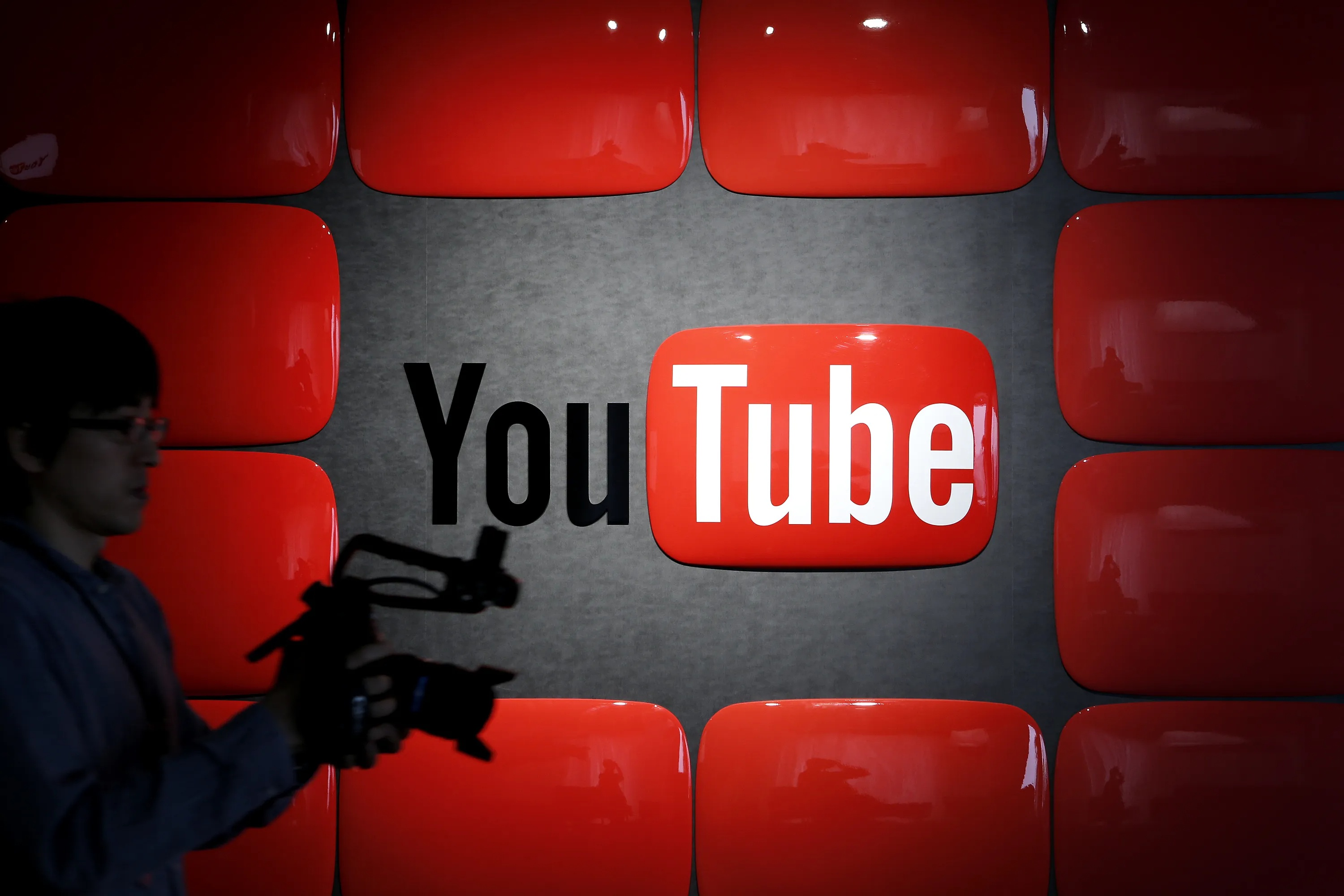 |
AI could help YouTube videos reach more customers. Photo: Bloomberg . |
Under Neal Mohan, who took over as CEO from Susan Wojcicki in early 2023, YouTube has maintained its focus on the creator community while expanding into podcasts and television. The platform now attracts more than a billion podcast viewers each month and has been aggressively building its “new TV” image, from signing deals with the NFL to promoting Emmy campaigns.
As generative AI continues to grow, YouTube is investing heavily in the technology. Google, YouTube’s parent company, has launched Veo, a tool that generates videos from text using AI. This allows the video-sharing platform to maintain its position as a major distribution platform, even though it does not directly create content.
However, the rise of AI has also come with its fair share of controversy. Google has been accused of using YouTube content, particularly from smaller channels, to train its Gemini model. Many have argued that content creators have been exploited without their knowledge. While YouTube insists that its actions are “in accordance with its terms of service,” some channel owners feel that the platform is misleading and exploiting them.
Questions from users
YouTube CEO Neal Mohan avoided directly answering questions about Google’s use of content to train Gemini in an interview with Bloomberg . While he said other companies should not “steal” video data, he declined to confirm how Google would enforce this policy.
After facing criticism, YouTube launched a tool that allows creators to signal if they don’t want their data collected. However, the tool does not apply to Google itself and does not change its terms of service. Some intermediaries like Vermillio are creating data marketplaces where creators can sell their content to AI trainers themselves as a way to generate additional revenue and regain control.
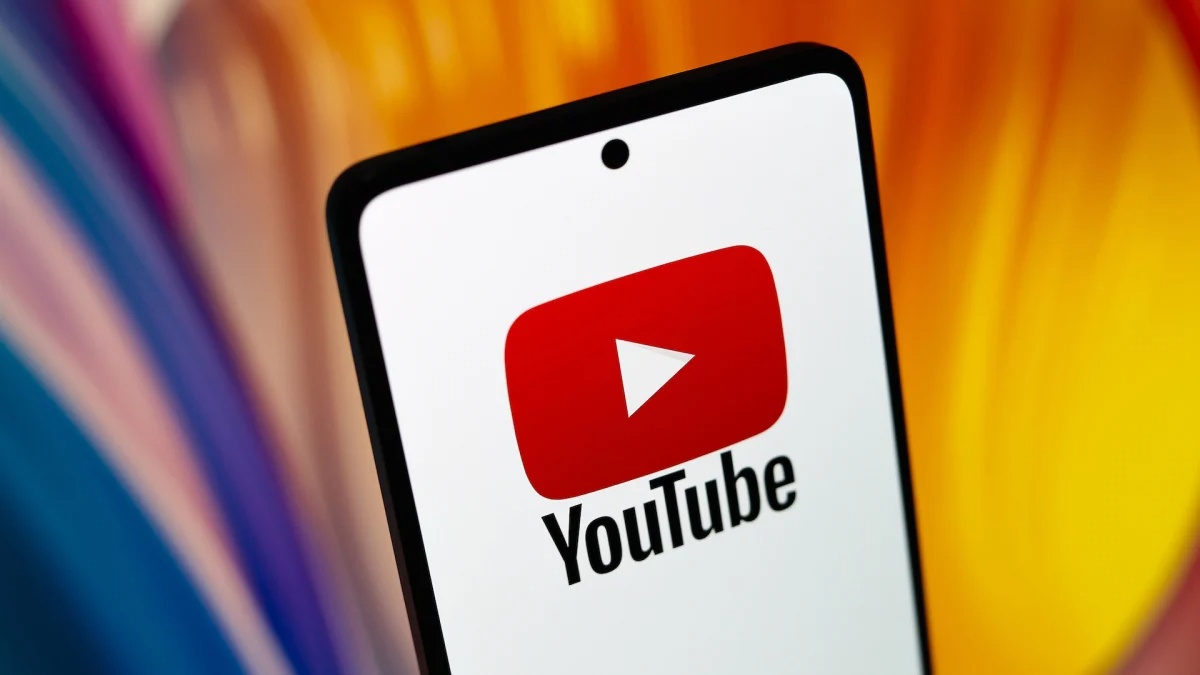 |
YouTube has not been transparent about how it uses data. Photo: Mashable . |
Additionally, YouTube is testing AI dubbing technology that can translate videos into eight different languages. Nearly 40% of views on these videos come from users who speak other languages. Dubbing techniques are getting better, including voice and lip-synching. In the future, they could be applied to stock videos or clips of celebrities.
Still, not everyone is ready to embrace AI. Some creators worry that dubbing will reduce their earnings due to lower ad rates in non-English-speaking markets. Viewers are also becoming more skeptical of content using AI, calling it “creative deception.” YouTube has even cut ads for channels that use AI to create fake movie trailers, even though they are still allowed to post them.
AI-generated content is becoming more and more difficult to police. YouTube now has hundreds of thousands, if not millions, of anonymous AI-powered channels. But YouTube remains firm in its stance: Only quality videos will keep viewers and attract ads.
Source: https://znews.vn/youtube-sap-thay-doi-khong-tuong-post1547445.html






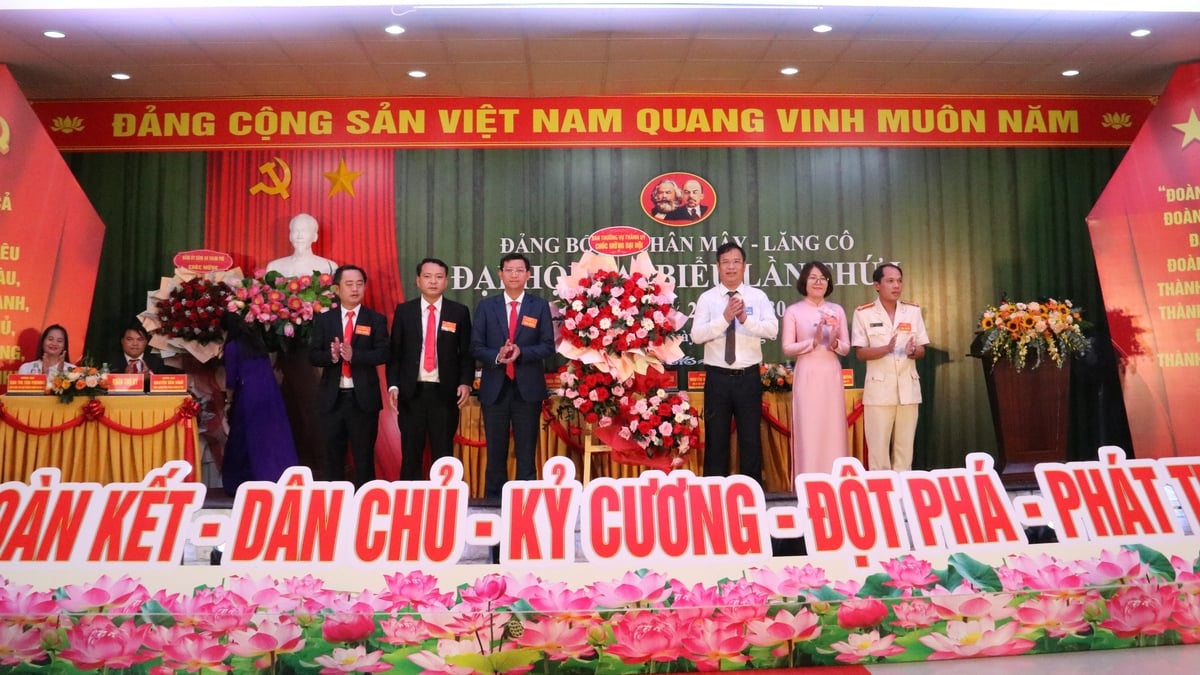

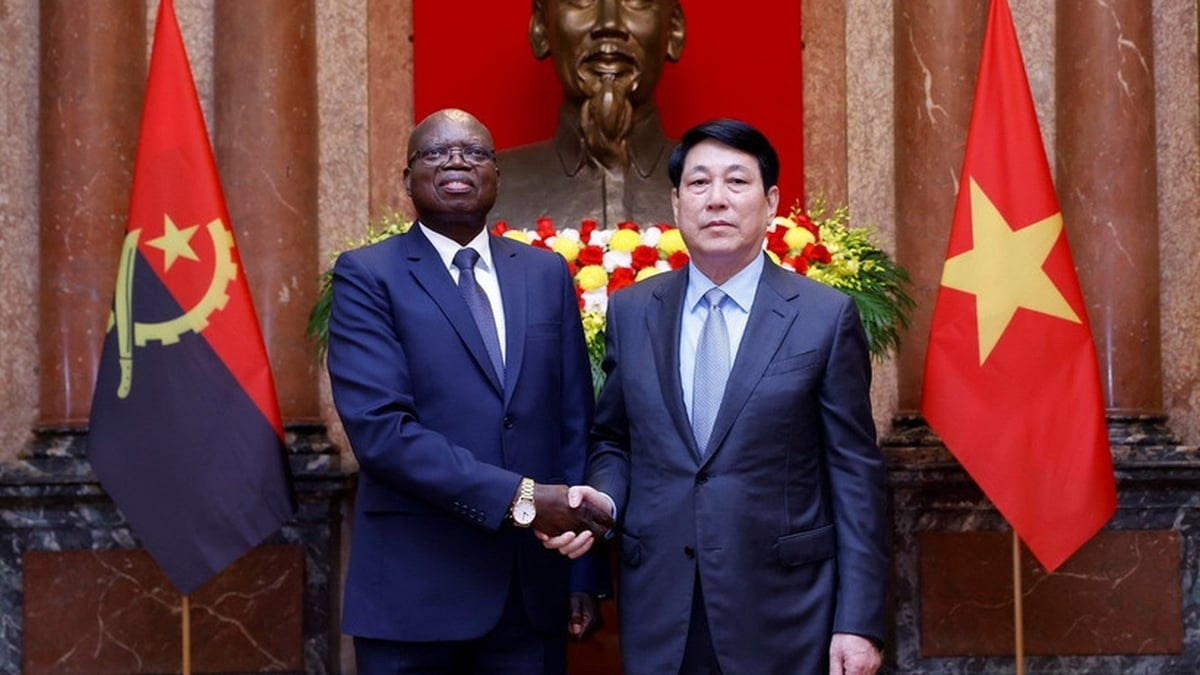
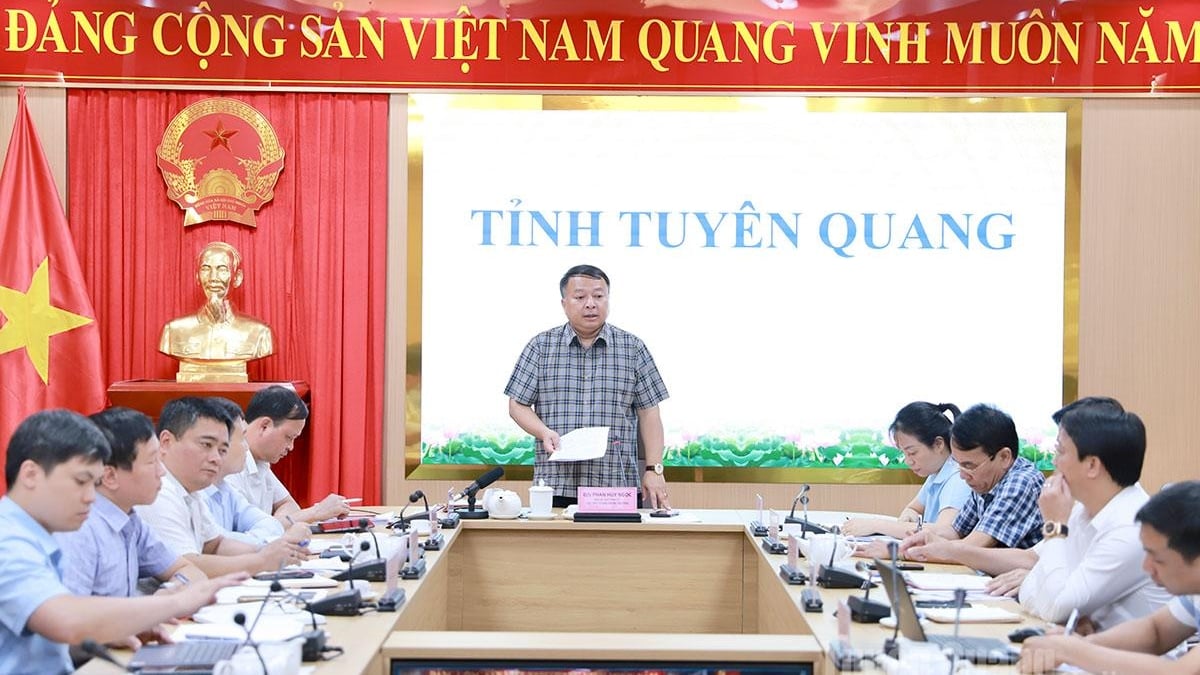

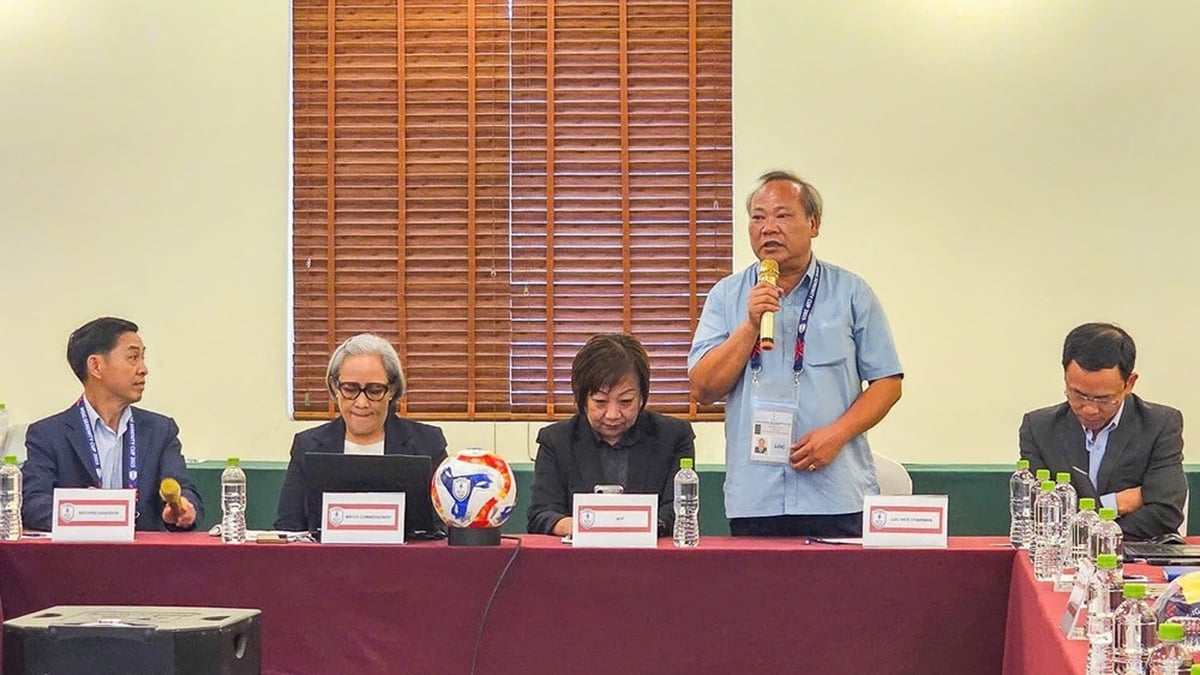












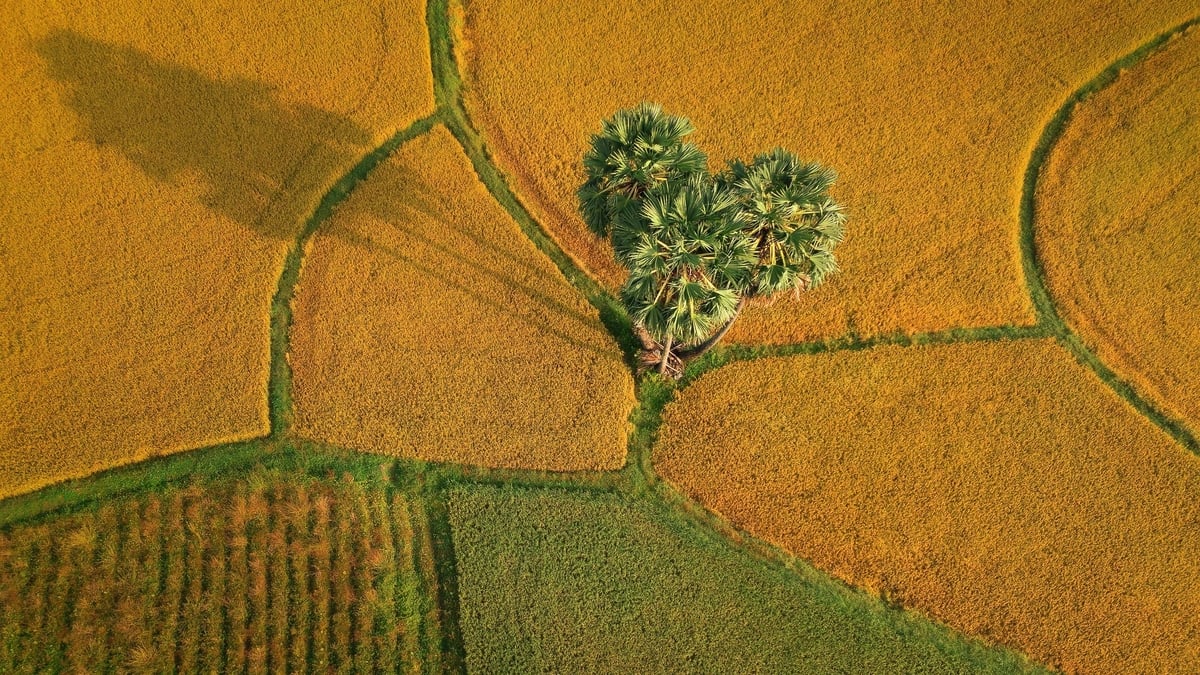
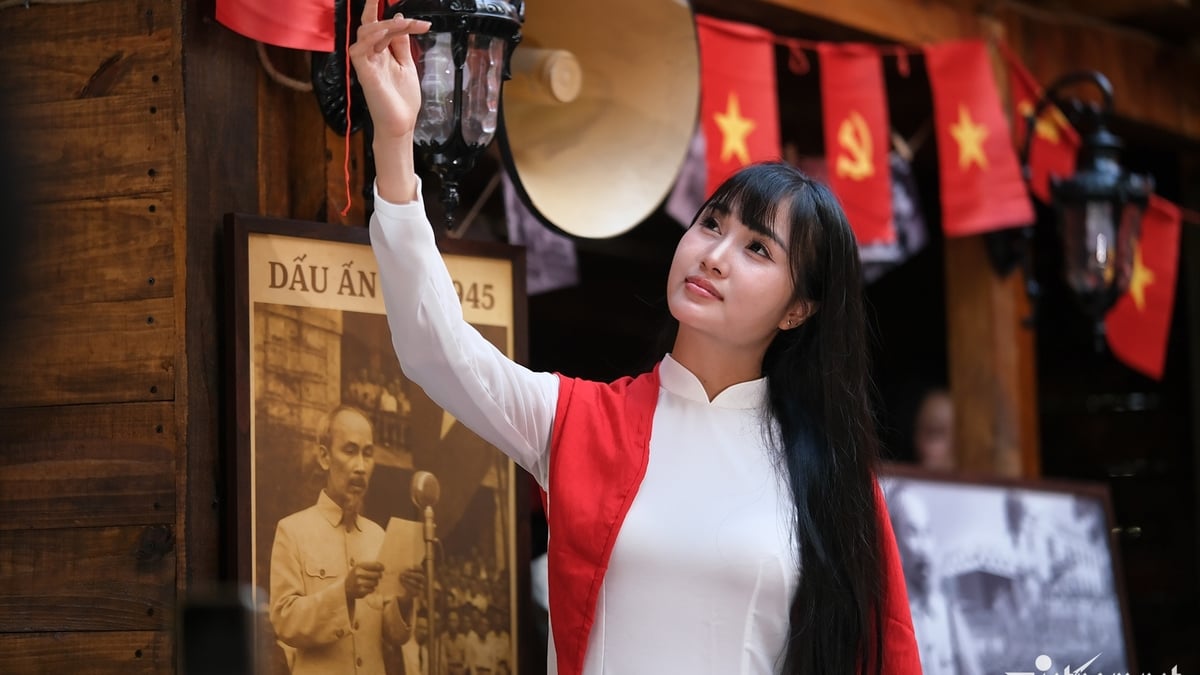



![[Photo] Nghe An: Provincial Road 543D seriously eroded due to floods](https://vphoto.vietnam.vn/thumb/1200x675/vietnam/resource/IMAGE/2025/8/5/5759d3837c26428799f6d929fa274493)
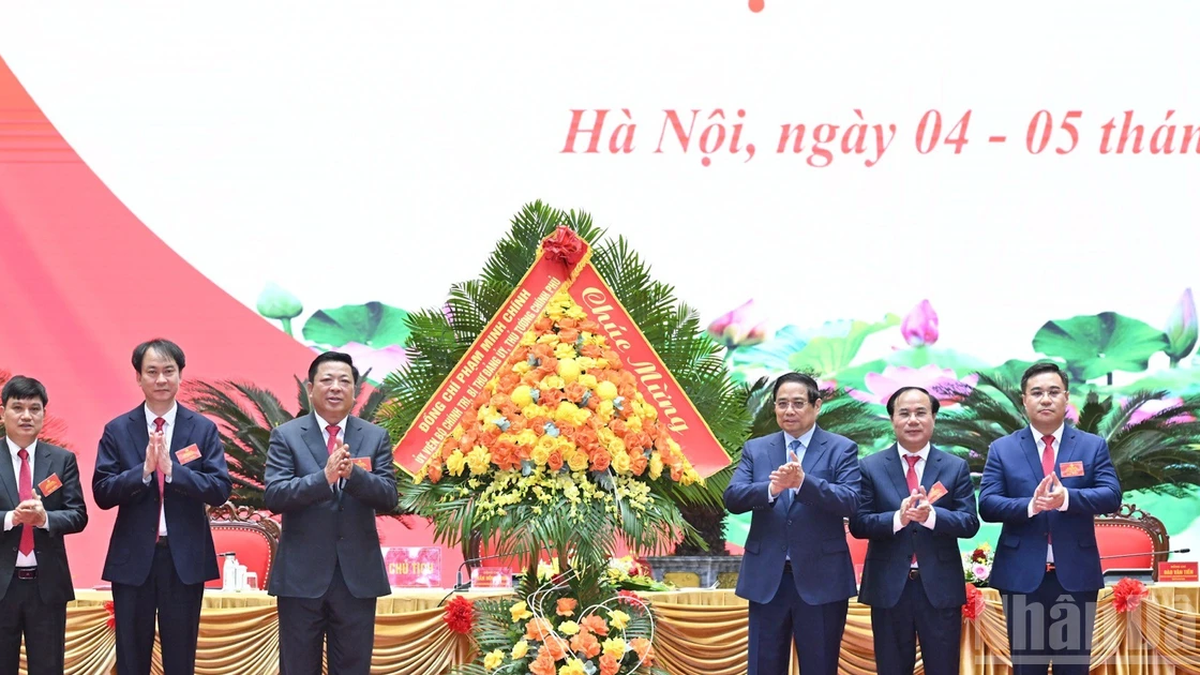






















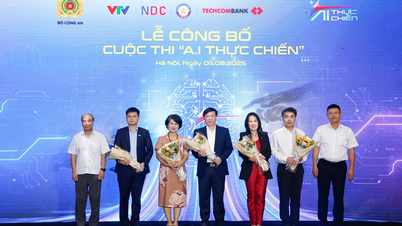







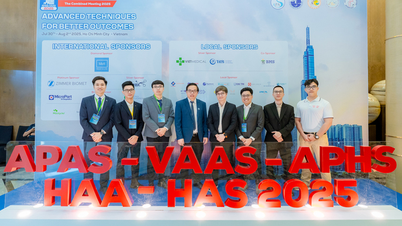








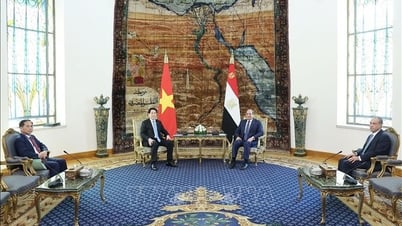

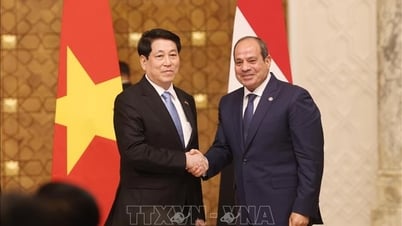

















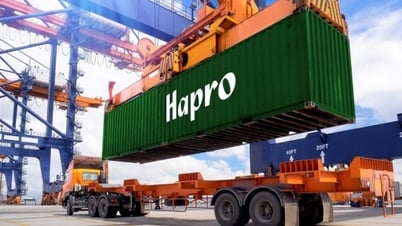








Comment (0)